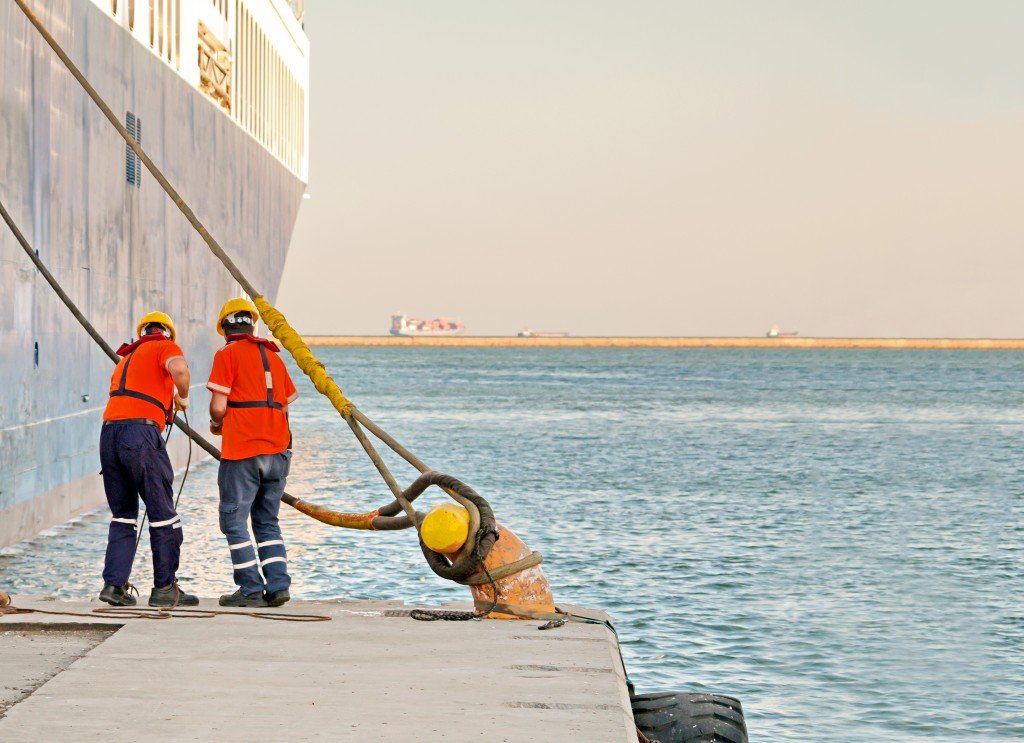Working on ships is one of the world’s riskiest occupations in terms of the personal health and safety of seafarers.
Aside from accidents, seafarers are prone to dangerous diseases and health hazards due to their onboard work, the type of cargo they carry, sudden weather changes, working hours, the materials they handle, personal habits, and epidemic and endemic diseases. Some of the most common and dangerous health conditions seafarers may contract are the following.
Musculoskeletal disorders (MSDs)
Musculoskeletal disorders or MSDs are injuries on the muscles, joints, nerves, ligaments, tendons, and tissues that support the limbs, neck, and back. Problems can range from minor aches and pains, to serious and chronic conditions that lead to disability. Regular exercise and stretching before lifting heavy loads can prevent MSDs.
Seafarers develop these disorders when they haul heavy objects without preparing their bodies, and from doing repetitive forceful actions. Many seafarers work straight 12-hour shifts that leave them little time to exercise or stretch regularly. So, when they have to suddenly manually lift heavy objects, their unprepared joints, limbs, back, and neck easily sustain injuries.
Hand-arm Vibration Syndrome (HAVS)
HAVS is a disorder caused by prolonged exposure to vibration, especially while using vibrating tools, such as drills, chainsaws, and sanders. Its symptoms include tingling, numbness, and decreasing nerve sensitivity in the hands and forearms. It usually starts out as a tingling sensation coupled with numbness in the fingers. When cold, the fingers would swell up and turn white, and then the digits will redden and be excruciating when warmed up again. Cold and wet weather conditions aggravate HAVS. If not detected early, this can lead to permanent disability.
There are seafarers that regularly operate vibrating equipment, like grinders and needle guns. If proper limits and usage are not implemented, seafarers who use this kind of equipment for long intervals are likely to develop HAVS.

Pandemic and epidemic diseases
Pandemic and epidemic diseases are highly infectious and can spread rapidly within a territory and even worldwide. Some of these diseases include the African swine fever, SARS, and EBOLA outbreaks.
Seafarers visit numerous ports around the world, which puts them at risk of exposure to diseases in foreign territories. Most seafarer manning agencies make sure that seafarers received all the necessary vaccinations and have undergone thorough medical examination. However, they may remain vulnerable to new diseases in the areas they visit.
Some of these diseases are difficult or even impossible to cure, so all stakeholders in the seafaring industry should put emphasis on prevention.
One simple way for seafarers to stay healthy and fit is to consume balanced meals that include fish and lean meats, vegetables, and fruits. Breakfast should never be skipped. It also helps to jog or brisk walk around the ship to get the body ready for the strenuous work they’ll do for the day.
Just by being aware of the above-mentioned diseases, seafarers are better-prepared about the dangers they face at sea and hopefully, would equip themselves with the proper precautionary measures.